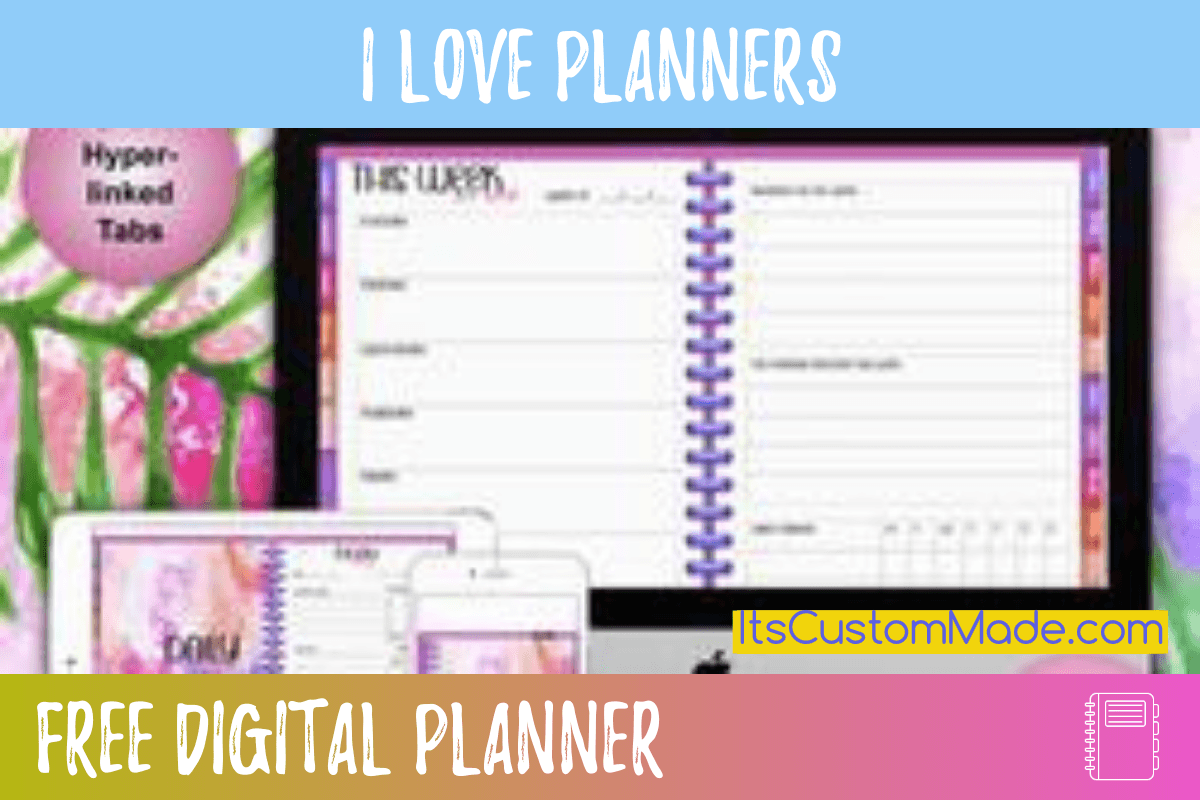
The next thing you need to do after you’ve collected and pasted all the content you can find into your document is to find the gaps in the information you’re providing.
As mentioned before, you’re going to simply look through the content that you already have. When you locate the content that fits your eBook, you’ll copy the content you want to cover into one aptly named file on your computer. If you name the folders the same as your outline subheadings that will help tremendously.
Once you have collected all the content you already have about that topic, using the outline you created simply start cutting and pasting it into a document using your favorite word processors such as Word, Pages, or Adobe.
Start pasting the content for your eBook into it based on the plan you made in the order you’ve set your outline. At this point, don’t worry about formatting, spelling, grammar, just paste the information into your document. Get it all in there.
Make notes as you cut and paste what was your original work and what parts are private label rights so that you alert yourself on ways to edit it to make it your own as you move forward with creating your eBook.
Identify Gaps
After you’ve cut and paste the information you already have into the correct areas of your document you may notice gaps, note them. Once you’ve pasted everything you have in the right order based on your plan read through the information. Use highlighting to note the gaps where you can improve your reader’s understanding of the information or where improvements can be had in the form of an explanatory graphics for example.
For example, you may want to include case studies, examples, graphics and illustrations that help further your point. Other times, you may simply need a transition paragraph to help connect the information.
Sometimes, you may need to write even more information to help explain the next steps. Let’s look at some examples that may help give you more ideas for your eBook to make it more complete. Incidentally, these ideas can help with any type of content you’re creating to make it more useful to your audience.
- Case Studies – Even if you don’t have your very own case studies you can find examples of other people who have done the steps you’ve identified. Think of yourself like Oprah. She became an expert by interviewing other experts. If you can interview other people who have succeeded using steps that you mention in your book, even though they did not read your book, it can demonstrate how your ideas work.
- Graphics & Illustrations – Humans are very visual creatures. Sometimes you can’t explain everything in just words. Using graphics and illustrations that help further your points can make all the difference. You can create graphics using software like Canva.com, hire someone on Fiverr.com, or go to your community to ask if anyone can create a graphics based on your description.
- Transition Paragraphs – When you cut and paste information that you’ve already written the intro and ending paragraphs may not be sufficient transitions to the next part of your book. Make sure that you adjust the words so that everything flows better from section to section.
- Title / Cover Page – When you’re ready, you’ll want to add in a title and a cover page that is graphic. This will make your eBook look more professional and brand it as your own. You can do this using your word-processing programs like Word or Pages, but you can also create the right sized image using Canva.com or any graphics program then insert it into the page.
- Steps to Success – It can also be a good idea to clarify the steps to success at the end of the eBook and even at the end of each chapter to show them what the takeaways are from each chapter and the entire book. It will give them something easy to look at to help guide them.
- Resources Page – If you’ve mentioned resources inside your eBook, it’s a terrific idea to add a resources page onto the end of the book that compiles all the resources with a link to each. This is also an effective way to improve your affiliate income if you have affiliate links to the resources that you are recommending.
- About the Author – People want to know why you’re the right person to give them this information. What is it about you that makes you the one who has the correct information for them? Remember to frame this information to be about your audience more than it is about you.
- Terms & Conditions – This is super important to protect you from frivolous lawsuits. This is especially true if you use affiliate links or provide any information about earning money, dieting, or health. There are a few terms and conditions generators you might want to try. But, the best option is to simply be honest about what you’re doing.
Making your eBook look and feel complete to your audience is all part of the process of creating an eBook that you can repurpose into other types of content, and vice versa, fast. The final thing that you want to do before selling and/or marketing your eBook is to edit and polish it to make it more valuable for your audience.
READERS LIKE YOU ARE ALSO INTERESTED...

LET US KNOW WHERE TO SEND YOUR DIGITAL PLANNER.
